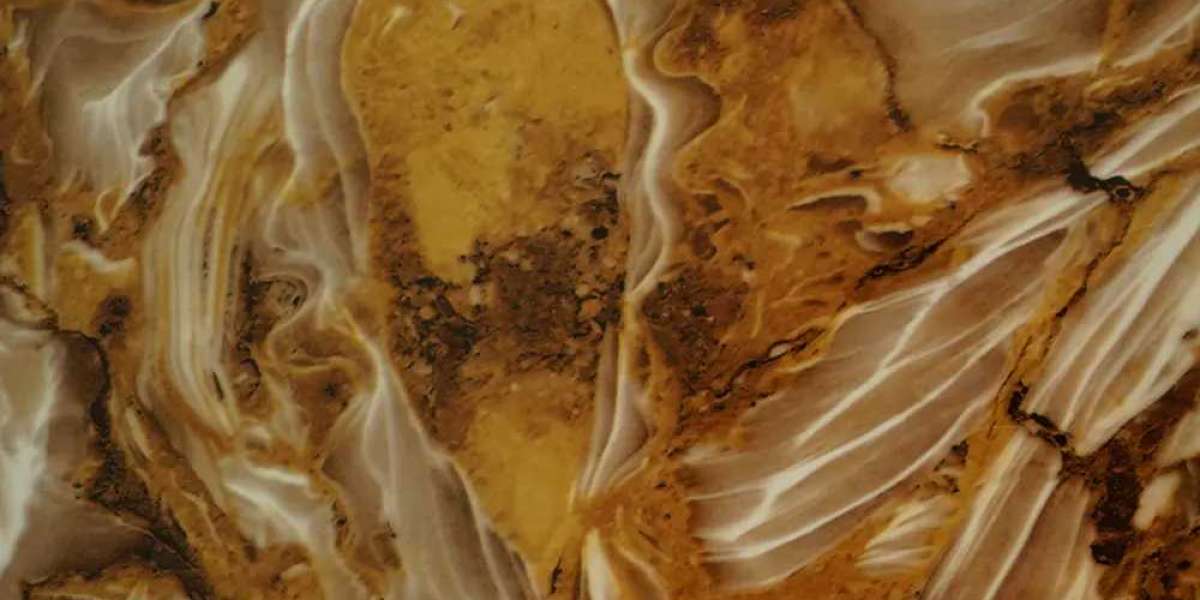Hot stamping foil is an important part of the hot stamping process. Aluminum foil works in the same way as ink or paint, it is a thin film that is applied with a color that is transferred to your product via the hot stamping process. The
foil consists of 3 functional layers:
1. The transparent film forms the carrier on which the pigments are placed. The film will not transfer to the product.
2. Forms the primary pigmented layer of the actual color that will be seen. Metallica foils use a vacuum metallization process in which a thin layer of pigmented aluminum is deposited on the aforementioned support.
3. The release coating is a heat-activated glue that bonds the colored deposits to the product being hot-stamped.
The most popular foil types today are:
1. Metal foil
2. Pigment foil
3. Effect foil
4. Holographic foil
5. scrape off
6. Signature panel
Foils for hot stamping consist of three main layers. In practice, most manufacturers use additional layers between the three primary colors, but these are usually for improved performance, weather resistance, and opacity. In its simple
form, the foil layers are in the reverse order of their order on the finished part.
The first layer applied to the foil during the manufacturing process is the top layer or finish of the applied decoration. The first coat applied to mylar during the manufacturing process is called the release layer. It is a material
that, when heated, becomes fluid enough to allow successive layers to be pulled off a carrier. Also, when applying hot stamping, the release layer is actually the top or finish layer.
The next layer in the foil is the color layer, this can be a vacuum metalized layer such as bright silver and gold, or a solid color in the case of pigmented foils. The last layer applied is called the size, sticker, or adhesive coat. It
is the layer that is actually glued to the product being printed. In particular, the layer must be compatible with the material being decorated.






